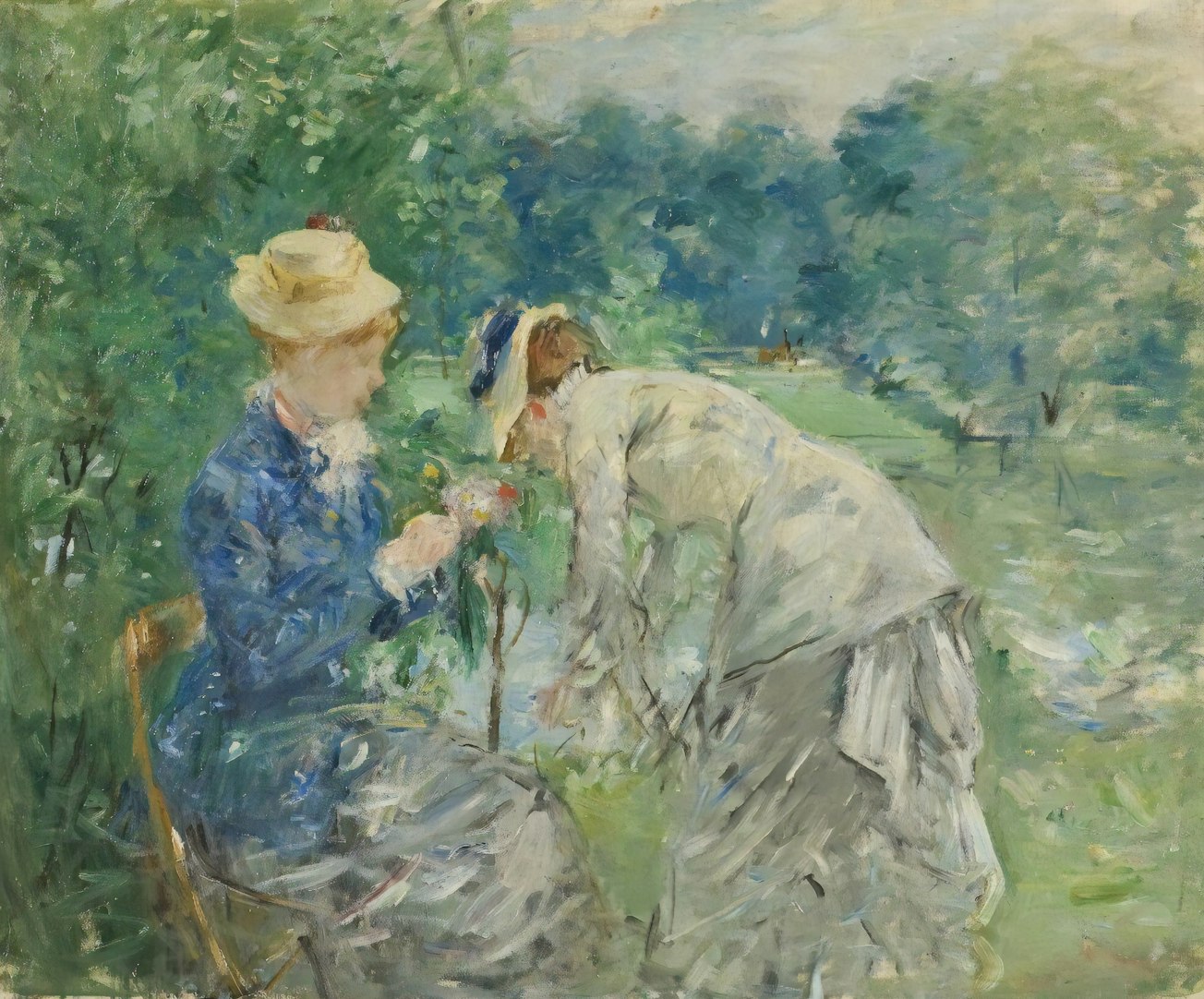What is it about?
Artificial Intelligence (AI) is becoming more popular in various fields, including art creation. Advances in AI technology bring new opportunities and challenges in the creation, experience, and appreciation of art. The neural style transfer (NST) realizes the intelligent conversion of any artistic style using neural networks. However, the artistic style is the product of cognition that involving from visual to feel. The purpose of this paper is to study factors affecting audience cognitive difference and preference on artistic style transfer. 近年隨著人工智慧所引領的類神經網路深度學習技術日趨成熟,而其相關應用已經逐漸蔓延至包括藝術在內的各個領域,對藝術作品的創作、體驗、審美和欣賞將帶來新的機遇和挑戰。目前該領域多注重演算法的精進,對於演算法的精進主要牽涉到兩個問題。(1)就科技(理性)而言,觀眾能否辨認經由電腦的藝術風格轉移?(2)就藝術(感性)而言,哪些主要因素會影響經由電腦的藝術風格轉移?
Featured Image

Photo by Europeana on Unsplash
Why is it important?
In addition, it is explored whether audience’s cognition in painting still exists in the result of NST by using the matrix based on style attributes (color, stroke, texture) and cognitive levels (technical, semantic, effectiveness). Thirty-one subjects with a background in art, aesthetics, and design were recruited to participate in the experiment. The experimental process consists of four style groups, including Fauvism, Expressionism, Cubism and Renaissance. According to the finding in this study, participants can still recognize different artistic styles after transferred by neural networks. Besides, the features of texture and stroke are more impact on the perception of fitness than color. The audience more easily prefers the samples with high cognition in the semantic and effectiveness levels. 因此,本研究透過認知人因工程研究,分析人們如何感知創作者的編碼過程(色彩、筆觸、紋理)與閱聽者的解碼過程(技術、語意、效果)之影響,以期能對於構建人工智慧應用於藝術創作之研究具有積極的助益。本研究係屬一系列的相關研究,先期研究招募了31位藝術、美學與設計等專家學者參與,對野獸派畫作與對應轉換圖的契合度和認知效果進行評估。
Read the Original
This page is a summary of: The Cognition of Audience to Artistic Style Transfer, Applied Sciences, April 2021, MDPI AG,
DOI: 10.3390/app11073290.
You can read the full text:
Contributors
The following have contributed to this page







